Tuesday, 23 April 2024
Menu
We invite you to read the interview with Tomek Stachura, the owner of Santi Diving company. In our conversation, Tomek will try to tell us how diving equipment fairs and accompanying conferences look like in the world. Where is it worth to be? What can we expect from each event? This and many other details you will find out from the recording of the conversation, which we conducted especially for you!
Adam: Tomek, maybe you could start by describing in general how the calendar of diving events you had the opportunity to participate in looks like?
Tom: The dive show market in terms of dates is quite cumulative. Individual meetings are held in the first quarter of each year. Most often it is done in such a way that weekend after weekend all the European fairs take place, and only in the autumn, there are huge fairs Dema in the U.S. and Baltictech in Gdynia. This arrangement of the calendar is a very big organisational advantage, because if we look at it from the diver’s point of view, we can choose the events in which we will participate. Returning to the chronology of events, the year opens with the French trade fair Salon de la Plongee. This is followed by the largest European event in Dusseldorf – Boot, and then the Copenhagen Dive Show, which quite often overlaps with the last weekend of the fair in Germany. Then comes the Netherlands and the meeting organised in Utrecht, followed by a rather large event in Italy, similar in volume to the one in Dusseldorf. Then there are meetings in Finland and Sweden, a novelty was the first fair of its kind in Moscow. It can be said that the first quarter ends with events in the UK.
A: If you had to somehow divide the fair, which would be the most prestigious? Where do you know everyone will want to show up?
T: As I mentioned we have two major global events, namely Dusseldorf and Dema in the US. These are events where everyone who thinks about promoting their products on a global scale should be. Other events are regional, due to the communication side and language problems e.g. in Italy and France or the small range of the target group they are aimed at e.g. in England, Scandinavia, the Netherlands and Russia. The virgin territory is still the Asian market, which is just opening up for diving. This is a very interesting direction with huge potential.
More photos: Boot 2011, Salon de la Plongee 2011
A: So let’s start from the beginning. What can you say about what’s happening in France?
T: In Paris, Santi appeared for the first time this year. It’s a very specific fair, the locals are stuck in a false belief that they are the leader in world diving. They are often very closed to outside knowledge, so we have created a diving community in the middle of Europe, using completely different standards and equipment.
A: Do you think this might be partly due to the lack of world diving organisations in the French market?
T: Yes, diving in France is a negative example of state interference, as an institution, in diving. The point is that laws have been introduced there to protect CMAS and national federations. These regulations do not allow foreign teaching systems to penetrate the French market. As a result, nitrox was only introduced around 2008, and trimix is only being introduced now! It is the most backward country in terms of diving innovations in Europe, despite great traditions and many interesting sites (caves, seas).
A: Can you elaborate a little on that?
T: The French like to have their own solutions, which in the case of diving, has caused some delays and backwardness. According to their procedures, up to 60m you dive on air. Only now, with the introduction of gas mixtures, have they decided to let other federations in (IANTD). The worst thing is that the French are not aware of their ignorance and, for example, want to introduce IANTD, but want to do it their own way with interference in every sphere, including manouvres, without having the necessary experience. This is a serious problem with great danger. The same applies to equipment. When you are at the fair in Paris, you have the impression that you have moved back in time and you are watching what was in Dusseldorf 10 years ago. Can you believe that only the first oxygen analysers or rebreathers are shown there? There are no manufacturers of dry suits, because you don’t use them! You dive in wetsuits and the knowledge of French people about dry suits is very limited. They know, for example, that they are uncomfortable, and when they saw a telescopic wetsuit they asked why it was two-piece and said that was probably why it was leaky. They also could not imagine what the valves were for. To be clear, I don’t mean people who are not familiar with the subject, or novice divers, such questions were asked by people who later, leaving their business card, turned out to be diving instructors!
A: Is it worth going to the Paris show from the point of view of a statistical diver? How to organize such a trip?
T: No, it’s not worth going there as a diver because you won’t learn anything new and you won’t see anything from the equipment side that you haven’t seen before, Paris is a very specific fair.
A: In that case, is it worthwhile for domestic industry representatives to go to the Salon de la Plongee? What difficulties might companies face in establishing themselves on the local market during the fair?
T: From a business point of view, it is quite a difficult undertaking to carry out. The main obstacle we will face right from the start is that the organisers do not want to correspond in English. The vat is paid in advance and there are big complications with recovering it. On the spot, it turns out that it is very difficult to arrange various matters, e.g. the courier has to pay 200 euros to enter the fairground to pick up parcels! What was the biggest surprise at an event of this calibre was the lack of free WiFi. A lot is demanded of exhibitors while giving them little in return. We were in such a situation that the lady issuing tickets did not have a computer, but only a sheet of paper on which she crossed out successive companies, so finding anything bordered on the miraculous.
A: As an exhibitor, how would you sum up the benefits of your company’s presence at the Paris meeting?
T: We have only acquired one very weak dealer from the Paris area. Fortunately, we have recently been approached by Pasqual Barnabe, quite a well-known figure in France, who wants to promote us on the local market. Of all the fairs we have taken part in, this one has had the least effect. On the other hand, we know that if we manage to be the first to appear there, this investment can quickly pay off. If the French get used to novelties, which are world standards, then the lack of competition in the form of Bare or Dui puts us in a very advantageous situation. I have the impression that once the French get used to certain solutions, they stick to them for years.
More photos: Boot 2011, Salon de la Plongee 2011
A: What could you say about the next trade fair on the calendar in Düsseldorf?
T: For an event organised in Germany, 17 halls are given over to the visitors, where for 9 days, in addition to the diving equipment in hall no. 3, we can admire yachts, fishing equipment, kayaking, surfing or kaiting. There is plenty of time to look at the equipment and have a quiet chat.
A: This is probably one of those events where you as Santi have been appearing for a long time, what can you say about the beginnings of these gatherings, how in retrospect have they changed over the years?
T: The Dusseldorf Fair, was set up because it was a dead season for diving. The equipment dealers wanted to get rid of the backlog of last year’s products and make room in their warehouses for new equipment, while at the same time increasing turnover. It used to be possible to buy quite good equipment there for half price. For example, it was worthwhile to go there in a couple of people from Poland, do some shopping, and after coming back sell the equipment, so that the cost of the trip was returned to us. Unfortunately, with time, the nature of the fair turned into an opportunity for equipment manufacturers, rather than shopkeepers, to present their products. Discounts are therefore small. We, for example, when ordering a wetsuit during the fair, are reimbursed the cost of entry, which is about 15 euros, which is a bit ridiculous.
A: And what can you say about the fair itself?
T: Next to the American DEMA, it is the biggest presentation of water equipment in the world. They always take place in the penultimate week of January. Absolutely everyone attends. You will meet exhibitors and visitors from Mexico, the USA, Canada, Russia and all over Europe. There is also retail sales, which is not the norm at such events. Here, however, it is assumed that such an opportunity encourages customers to visit the event, as they see that they can do some shopping in addition to seeing the novelties.
A: How would you assess the fair from the perspective of one of the exhibitors?
T: In my opinion, this is the best fair from the business point of view, especially for Polish entrepreneurs. It is easy to arrange all the formalities, there is great contact with the organisers and great technical support on their part. We have a lot of inexpensive hotels in the area. Overall, the organisation is at a very high level. In addition, we have a huge number of customers, and they are not Sunday walkers who do not know what the diving equipment is used for. If someone wants to open a diving business and get outside the local market, they should start with this fair.
A: Any interesting facts, what might surprise us?
T: There is a very cool custom, the appearance of well-known personalities from the diving world. It’s easy to meet the owners of diving companies, representatives of federations, and considering how long the whole event lasts, we can exchange a few sentences with everyone and learn various interesting things.
Read the next part of the interview “Diving fairs as the world is long and wide – interview with Tomek Stachura part II”.
Take a look at the photos mentioned in the interview: Boot 2011, Salon de la Plongee 2011
Photos: Santi Diving


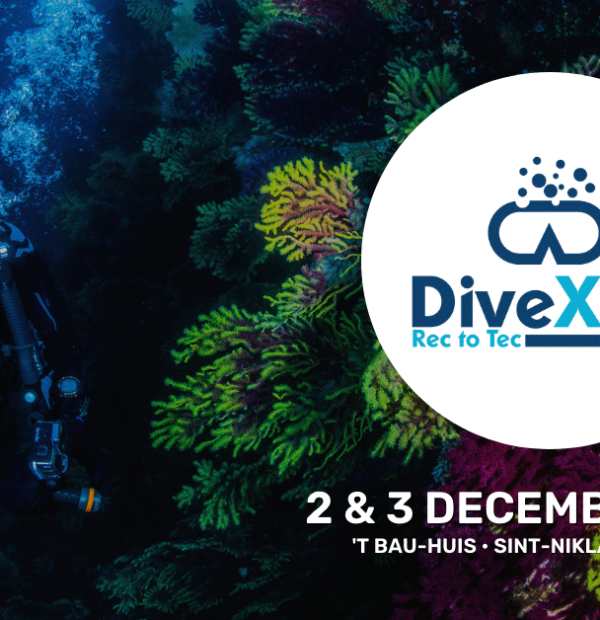
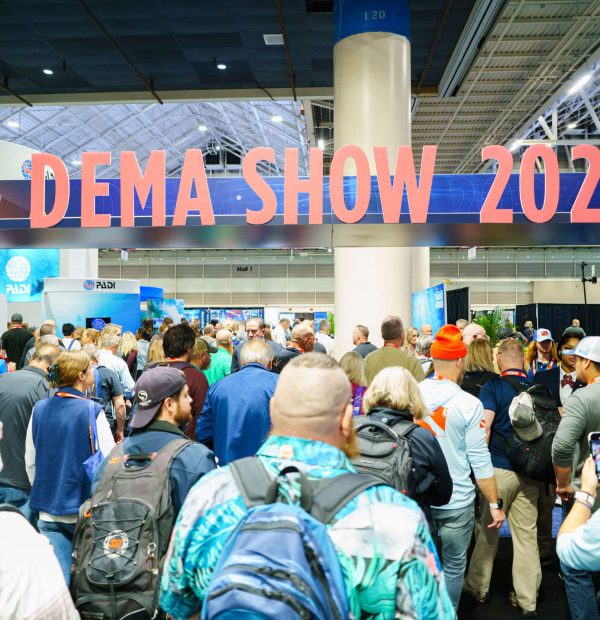
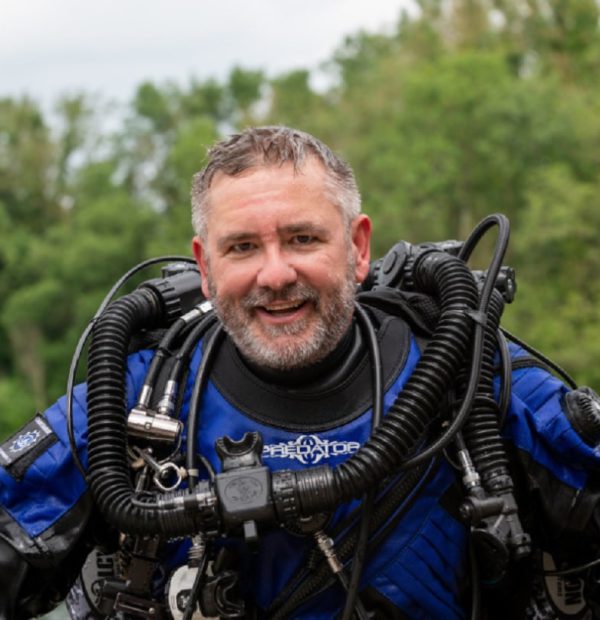
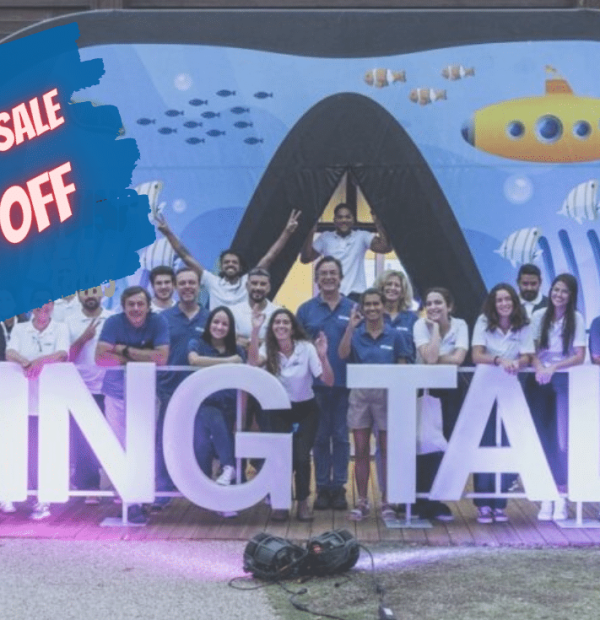
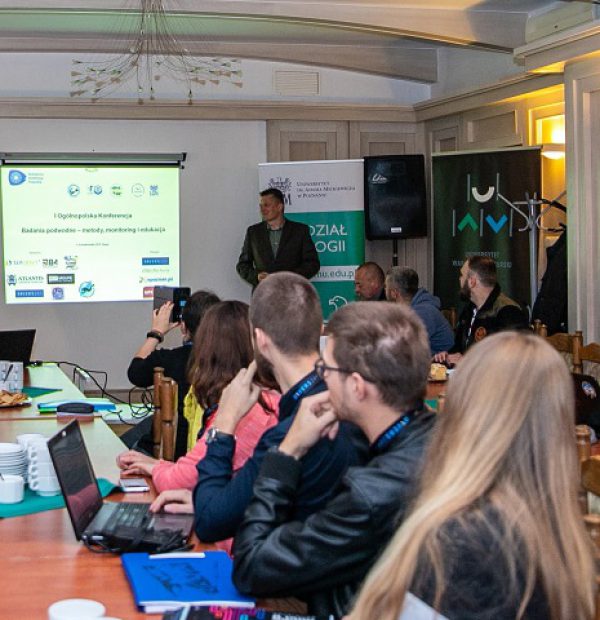


Welcome to DIVERS24.COM, your daily source of scuba news, freediving, scuba diving information, and equipment reviews. Our comprehensive coverage of the dive industry from A to Z provides you with all the latest scuba news, training updates, underwater photography tips, and everything else related to scuba diving. Whether you’re a beginner or an experienced diver looking for more knowledge about scuba gear or techniques – we’ve got it covered! With our in-depth articles written by experienced divers who have been there and done that, you are sure to find exactly what you need here at Divers24.com. Dive into scuba news today!
Underwater Media Sp. z o.o.
Szafarnia 11/F8,
80-755 Gdansk, Poland
Welcome to DIVERS24.COM, your daily source of scuba news, freediving, and scuba diving information. Sign in for a weekly news update and discount coupons for dive gear and apparel.
@2023 - underwatermedia.pl. All Right Reserved. Designed and Developed by Tworzenie stron internetowych Gdansk

The Divers24 portal is currently the largest online medium treating diving in Poland. Since 2010 we have been providing interesting and important information from Poland and around the world on all forms of diving and related activities.
Contact us: info@divers24.com